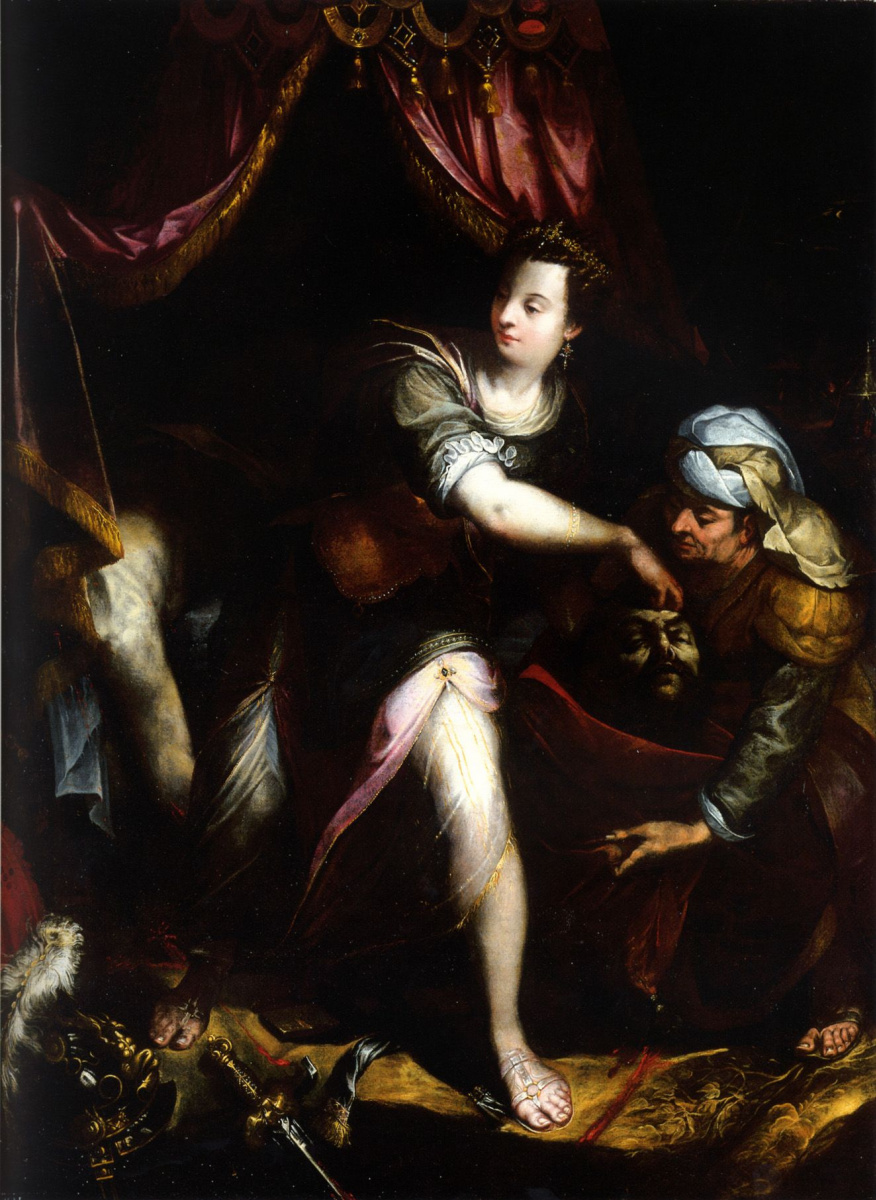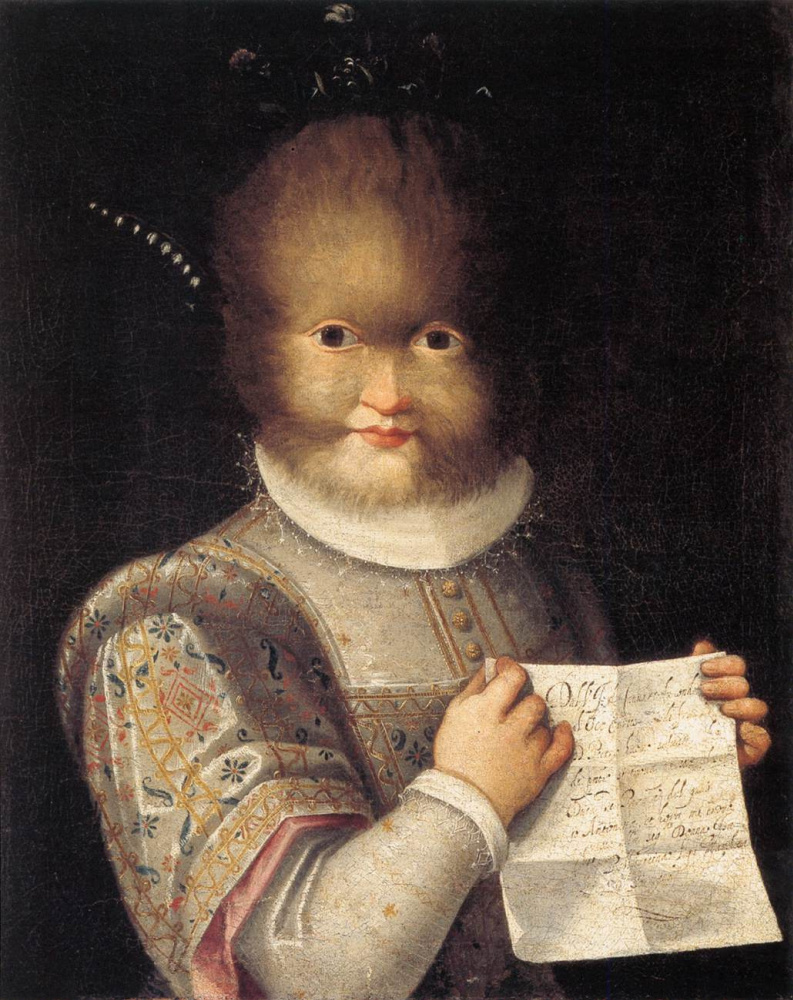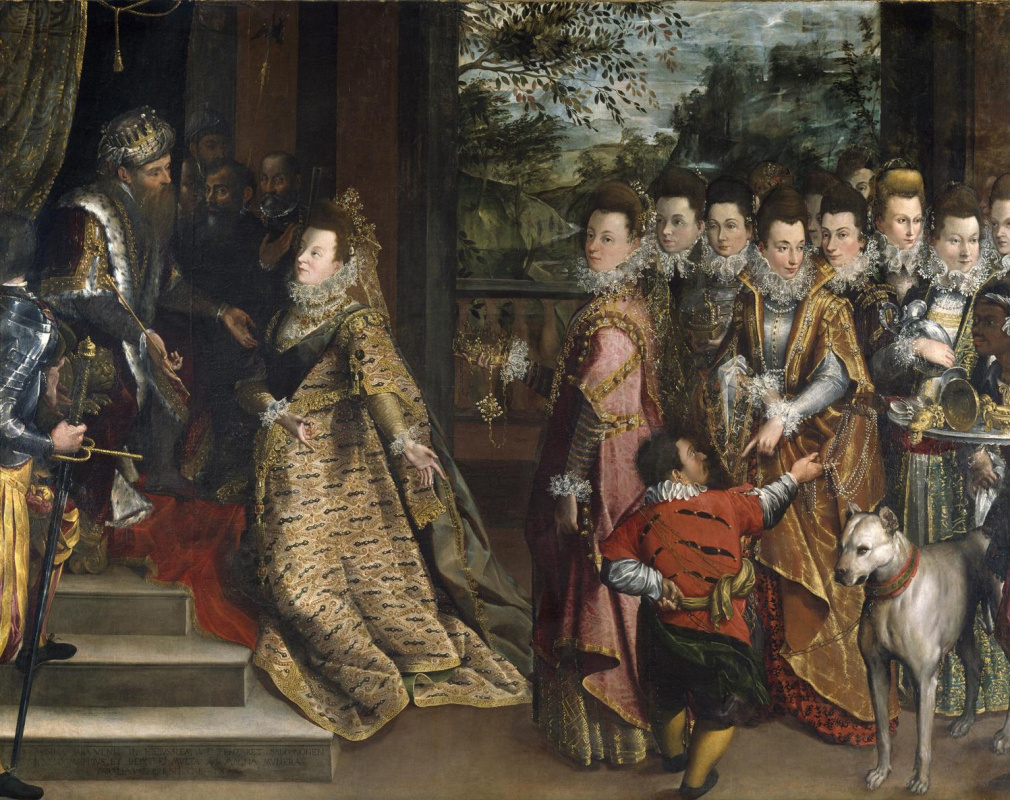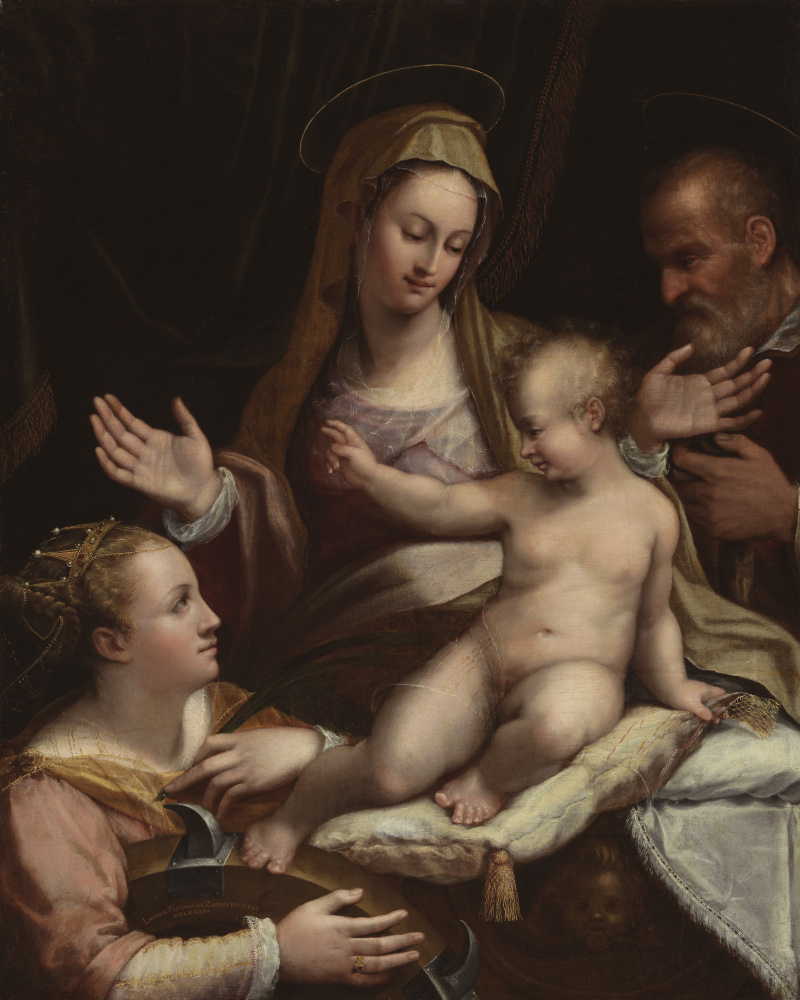On the list of famous Renaissance
artists, Lavinia Fontana comes after Sofonisba Anguissola. But, unlike her older colleague, she was commissioned to make not only portraits, but also paintings on religious and mythological subjects, which sometimes included female nudes. Fontana was the first woman artist to paint female nudes, and possibly the first female to use live nude
female models. A devout Catholic, a mother of many children, a favourite artist of the Popes, a friend of noblewomen and an academician — these 9 facts will help you to understand how she managed to achieve such success.
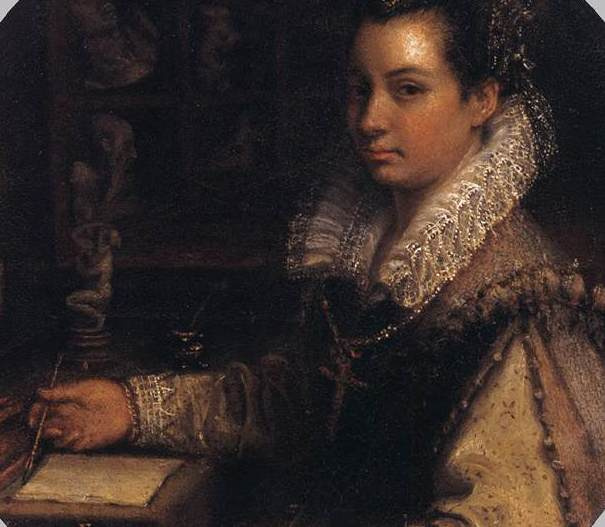
1. Lavinia Fontana worked within the same sphere as her male counterparts outside of a court or convent. Yet, it is unlikely that she would have reached such a position without her father’s support. Prospero Fontana was a famous artist in Bologna, and it was he who encouraged his daughter’s interest in painting — otherwise she would not be able to take it up.
Lavinia Fontana, Self-Portrait with the Spinet Accompanied by a Handmaiden (1577). Accademia Nazionale di San Luca, Rome
2. Lavinia Fontana studied not only painting. She also received an academic education. It is known that the artist played spinet (a smaller type of clavichord) and could read Latin. Before Fontana got married, she painted Self-Portrait with the Spinet Accompanied by a Handmaiden, in which she presented herself both as an elegant lady and as a professional painter. The first guise is emphasized by Lavinia’s lavish clothing, a musical instrument and a servant with the sheet in her hands, and the second one — by an easel by the window.
3. Another person adding to Lavinia Fontana’s success was her husband. Gian Paolo Zappi was a son of a wealthy grain merchant and a disciple of Prospero Fontana. It was Lavinia’s father who arranged her daughter’s marriage with a young man, realizing that a woman outside of a court or convent needed a spouse for a public career. In a departure from tradition, Zappi even moved to his wife’s house. Thus, he allowed her to continue learning from her father, and his father-in-law — to receive income from selling her paintings.
Judith with the head of Holofernes
XVII century, 175.9×134.1 cm
4. Lavinia Fontana’s husband was considered to be her colleague, but he didn’t have the faintest scintilla of talent and, according to historian Laura M. Ragg, was a simpleton. Still, Zappo’s devotion to his wife, admiration for her successes, understanding of the difficulties of the profession, caring and the fact that he took over the supervision of their children and house, allowed her to pursue her artistic career. At times, Lavinia allowed him to paint some of the drapery and background, but never allowed working on more important details of her paintings.
Portrait of Antonietta Gonzalez
1595, 57×46 cm
5. Lavinia Fontana was a devout Catholic who obeyed the Church’s injunctions all her life. She gave birth to 11 children (though only three of them outlived her), wore modest clothing and even found a solution to the contradiction between her career and religious canons. Lavinia said she intended to explore "the modern awareness of the value that culture might have for women, provided that it was kept within the order of norms." The morality of her patrons was always of the utmost priority to the artist.
Portrait of Bianca degli Utili Maselli with her six children
1605, 99×133.5 cm
"Bianca degli Utili, who was of Florentine origin, married the Roman Cavalier Pierino Maselli, and died in September 1605 at the age of 37 after giving birth to her nineteenth child. […] The boy upper left is shown with a colorful bird tied to a little chain (the bird might be a goldfinch symbolizing the Passion of Christ, which allows us to assume that the child was destined for a spiritual career). His brother below him holds an inviting plate of fruit, the second brother, upper right, holds a medallion with the figure of a knight, and the third one — a pen and inkpot. The objects probably allude to their future professions. Though Bianca is shown here with five of her sons, particular attention seems to be drawn to the little girl…" - the painting description on Arthive
6. Lavinia Fontana’s relationships with her upper-class female clients were often unusually warm. Her gender may have made women more comfortable sitting for her. She represented them in every life moment: from betrothal, to pregnancy, or even to mourning at the passing of a spouse. Some of the women who sat for portraits painted by Fontana, such as the Duchess of Sora Constanza Sforza Boncompagni, later served as namesakes or godmothers for her children. She glorified two of her patrons, Eleanor de' Medici and Isabella Ruini, through allegorical myths that furthered their beauty and their morals simultaneously.
In her painting The Visit of the Queen of Sheba to King Solomon (1600), Lavinia Fontana depicted her patroness Eleonora de' Medici in the guise of the Queen of Sheba. The duchess' maids of honour stand behind her, and her husband, Vincenzo I Gonzaga, is depicted as King Solomon.
7. It was Lavinia Fontana’s father who brought rich noble clients to his daughter. Many of Fontana’s early paintings were given away or sold at extremely low prices, a strategy that boosted her popularity and was devised by her father. In 1584, the artist received several major commissions from the church, and her married state, erudition, academic education and the initially modest prices of her work also drew in the elite of Bolognese society. Fontana had a lot of noble clients and painted them as they wished to see themselves — wearing embroidered silk, jewellery and lace. Her paintings are an invaluable source of information for fashion historians.
8. Lavinia Fontana received many honours during her career. Fontana and her family moved to Rome in 1603 at the invitation of Pope Clement VIII, who died two years later. The next Pope Leo XI, nicknamed "Lightning Pope" (due to his short term) served only 26 days as the head of the Catholic Church and died of fatigue and cold he experienced during the ceremony of his own enthronement. His successor Pope Paul V also patronized the artist and was among her sitters. In 1611, sculptor Felice Antonio Casoni cast a bronze portrait medallion of Fontana’s image. In recognition of her talent, she was elected into the Accademia di San Luca of Rome.

A portrait medallion of Lavinia Fontana’s image cast by sculptor Felice Antonio Casoni in 1611. The British Museum, London
9. Some of Lavinia Fontana’s paintings have been wrongly attributed to Guido Reni. Chief among these are Venus; The Virgin lifting a veil from the sleeping infant Christ and The Queen of Sheba visiting Solomon. There are over 100 works that are documented, but only 32 signed and dated works are known today. There are 25 more that can be attributed to her, making hers the largest oeuvre for any female artist prior to 1700.
The Holy Family with Saint Catherine of Alexandria
1581, 109.2×88.3 cm







